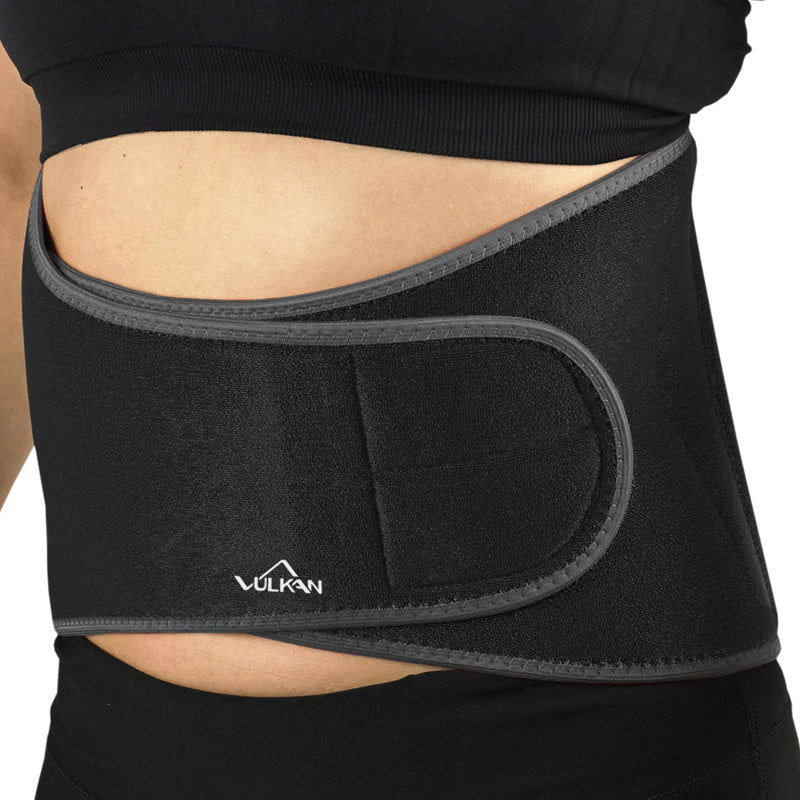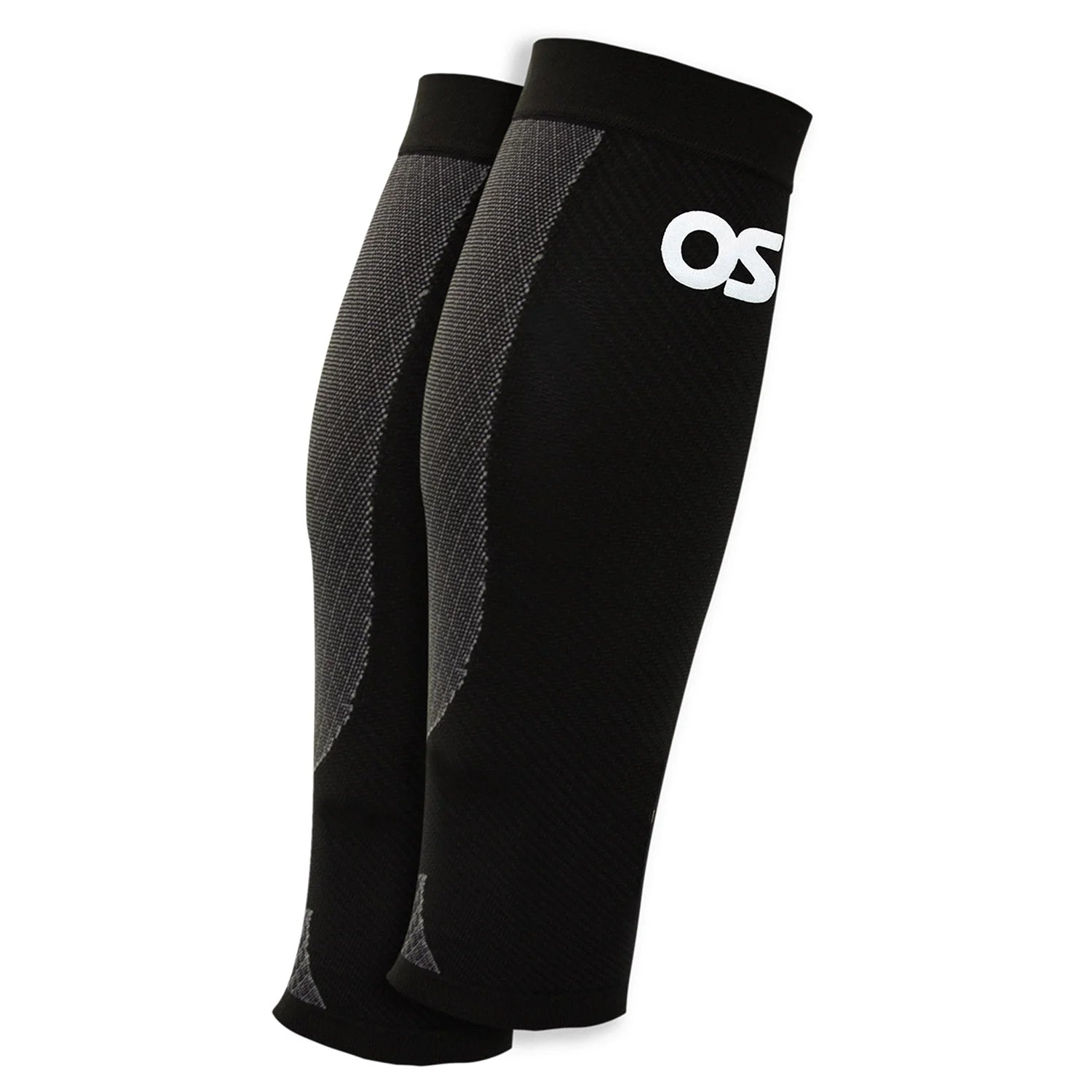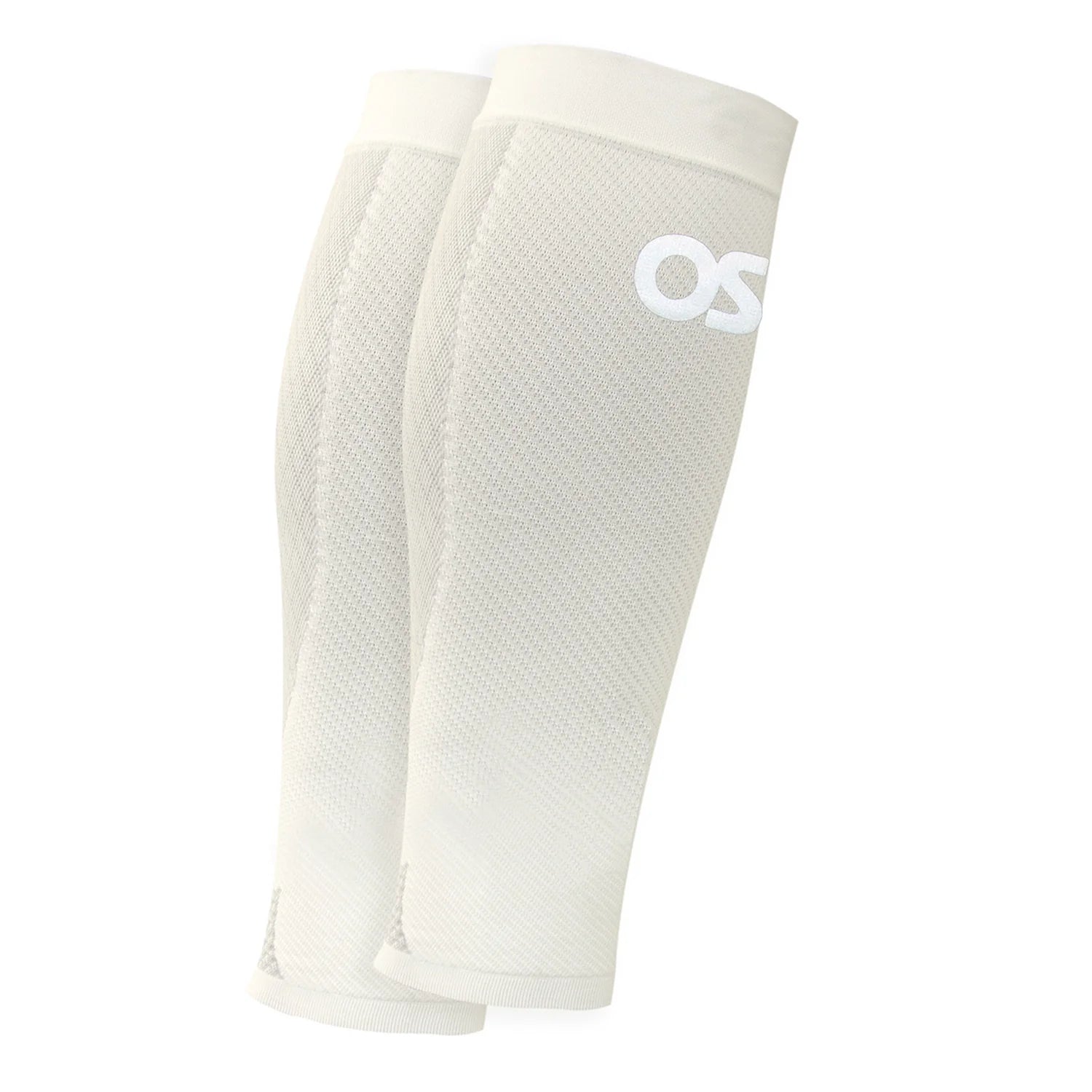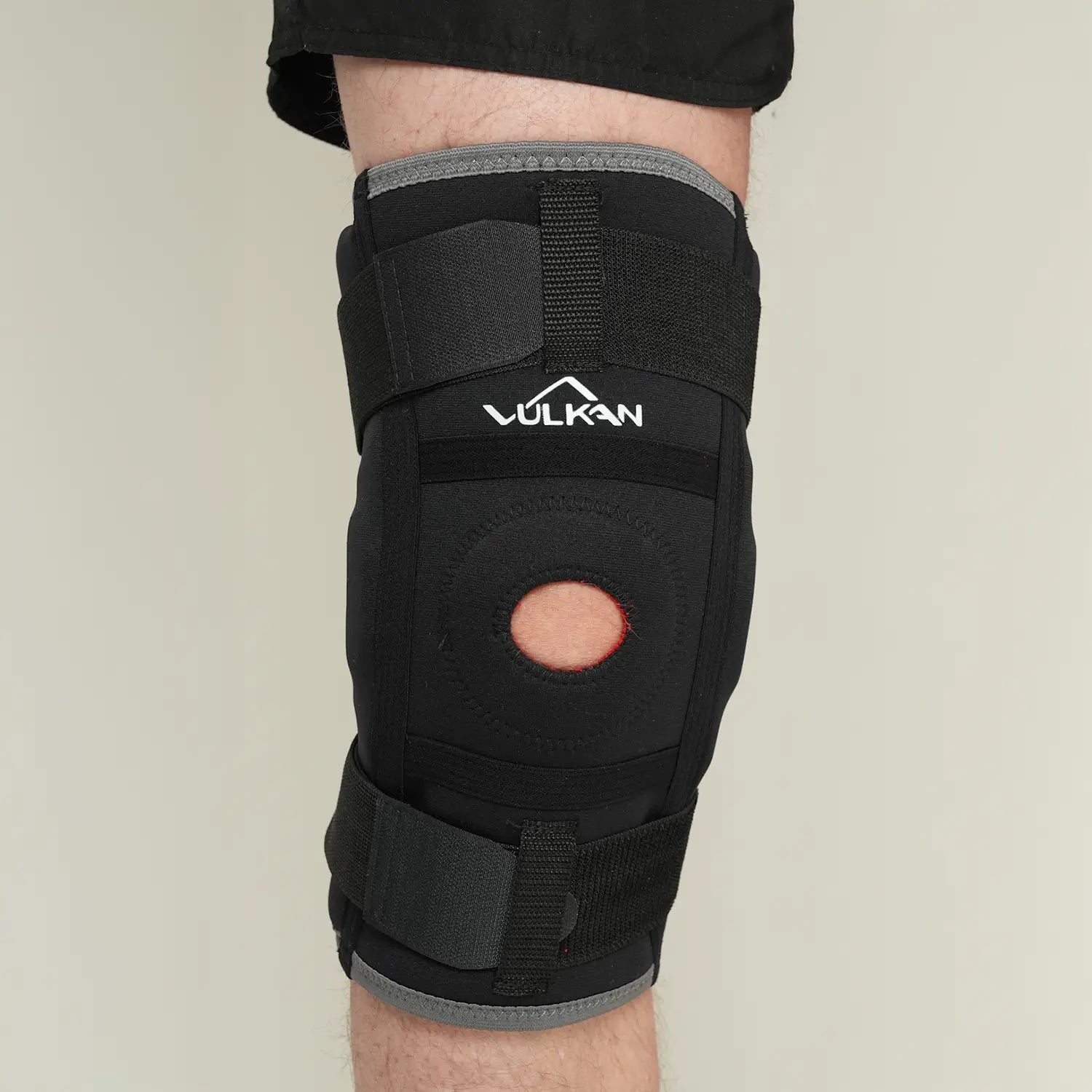
Wrist pain
Content description
Wrist pain is a common problem that can be caused by many different things. You may experience pain, swelling, or numbness in your wrist, and the symptoms can come on suddenly or gradually. Often, the pain is due to overuse, poor posture, or an injury, but sometimes there are underlying conditions.
Symptoms of wrist pain
When you have wrist pain, you may notice several different symptoms. The most common is pain or tenderness on one or both sides of the wrist, sometimes accompanied by stiffness and swelling. The pain can be felt when you twist or bend your wrist, lift something or perform repetitive movements. In some cases, the pain radiates further into the hand or up towards the forearm. Numbness and tingling are common at night, especially if you sleep with your wrist bent. If the pain is due to inflammation or overexertion, you may feel stiff and weak in your hand, especially in the morning or after rest. In long-term problems, the strength of the hand can decrease and it can become difficult to perform everyday tasks.
When and where should I seek care?
You should seek medical attention if you experience severe wrist pain, severe swelling in your hand, or if you lose strength in your hand. It is also a good idea to contact medical attention if the pain does not go away after a few weeks despite rest and self-care, or if you experience numbness, decreased sensation, or difficulty moving your hand. Emergency care is needed if you have experienced a fall or blow and suspect a fracture, or if your hand suddenly becomes cold, pale, or blue.
Causes of wrist pain
There are many reasons why you may experience wrist pain. A common cause is overuse, for example after long periods of repetitive motion, such as when working on a computer or doing crafts. Injuries such as sprains, strains or fractures can cause sudden pain and swelling. Diseases such as osteoarthritis, carpal tunnel syndrome or rheumatism can also cause pain and stiffness in the wrist. If you have wrist pain after a fall, a strong twist or feel a snap followed by severe pain, you should suspect a bone or soft tissue injury.
How you can relieve the discomfort yourself
For mild pain, you can try resting your wrist from the thing that hurts, avoiding heavy lifting and adjusting your work environment. It often helps to use a wrist support that keeps your wrist in a neutral position, especially when working on a computer or doing repetitive movements. Pain and swelling can be relieved with cold, such as an ice pack wrapped in a towel. Try to make gentle movements and avoid putting too much strain on your wrist. Ergonomic adjustments and breaks from sitting or repetitive movements are important to prevent and relieve discomfort.
Treatment for wrist pain
Most of the time, the problem will go away on its own if you rest and avoid the thing that triggers the pain. If the pain does not go away or if you have more pronounced symptoms, a physiotherapist can help with rehabilitative exercises and ergonomic advice. In some cases, painkillers, anti-inflammatory drugs or cortisone injections may be necessary, depending on the cause. In more serious injuries, such as fractures or severe inflammation, more extensive treatment, such as a cast or surgery, is sometimes needed.
What can I do to prevent problems?
To reduce the risk of wrist pain, you can vary your movements, take regular breaks and review your working posture. Feel free to use ergonomic aids, such as a good wrist support when working at a computer. Make sure you do not overload your hand unnecessarily and strengthen the muscles of the hand and forearm with simple exercises.
Recommended products
How do I know if my wrist is overused or injured?
If the pain has come on gradually and gets worse with repeated movements, it is often due to overuse. If the pain comes on suddenly after an accident, it may be due to a sprain or fracture.
Can wrist pain go away on its own?
Yes, mild symptoms often resolve with rest and adaptation to the work environment. However, in the event of prolonged pain, you should seek medical attention.
When should I seek medical attention?
If you have a lot of pain, swelling, numbness, decreased strength, or the pain does not go away in a few weeks.
What products can help with wrist pain?
Wrist supports, compression gloves and ergonomic aids can provide good support and relief in everyday life.













